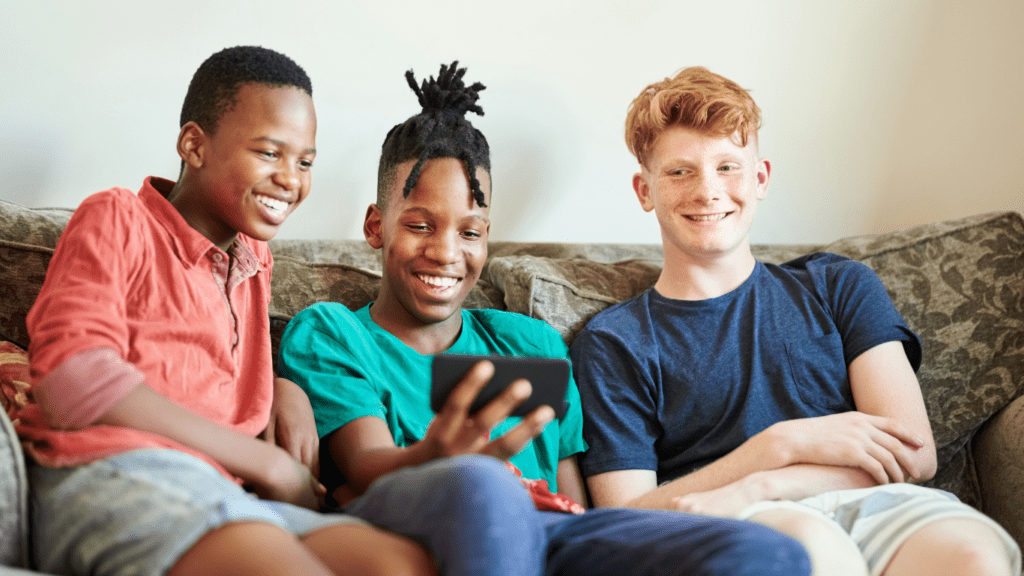What Are Dank Memes and Normie Memes?
Dank memes and normie memes represent two distinct styles of online humor. While both shape internet culture, they cater to different audiences and communication styles.
Defining Dank Memes
Dank memes showcase niche humor, usually involving surreal or absurd elements. These memes often rely on layers of internet insider knowledge, such as specific events, obscure platforms, or subcultures like Reddit’s r/dankmemes. They may feature heavily edited images, distorted text, or unconventional punchlines. For example, a dank meme might remix a popular template with obscure pop culture references to create unexpected humor. The humor seen in dank memes frequently alienates those not familiar with its context.
Defining Normie Memes
Normie memes focus on mainstream humor that’s easy to understand. These memes generally use recognizable formats or relatable situations, ensuring they appeal to larger audiences. Platforms like Facebook and Instagram frequently amplify such content. Examples include “Distracted Boyfriend”, a widely recognized template, or lighthearted jokes about daily life. Normie memes avoid deep layers of interpretation, prioritizing simplicity and accessibility over niche references.
Key Differences Between Dank Memes And Normie Memes
Dank memes and normie memes differentiate themselves through their humor, audience, and overall content themes. These distinctions reflect the unique dynamics of their respective subcultures.
Humor and Creativity

Dank memes use absurdity, irony, and layered references to create humor. For instance, they often feature intentionally low-quality formats, surreal juxtapositions, or unconventional text phrasing that may confuse casual viewers. Normie memes rely on straightforward humor, such as jokes about daily life, relatable sentiments, or viral trends, to appeal to a broad audience. The creative focus in dank memes lies in challenging norms, while normie memes aim for widespread recognition.
Audience and Accessibility
Dank memes cater to niche internet communities with specialized knowledge. Their appeal rests on understanding niche cultural references or previous meme iterations. Normie memes reach mainstream audiences by using universal or easily understandable content. Accessibility determines the target audience, with dank memes thriving in exclusivity and normie memes focused on inclusiveness.
Content and Themes
- Dank memes frequently explore abstract, surreal, or meta-humor themes.
- They thrive on pushing boundaries, often referencing obscure internet subcultures or trends.
- Normie memes cover common themes like family humor, workplace scenarios, or trending media, presenting content in a way that’s easily shared across platforms.
- The content of normie memes emphasizes relatability, contrasting with the experimental nature of dank memes.
The Role of Meme Subcultures
Meme subcultures foster distinct online identities and influence digital interactions. They operate through:
- shared values
- humor
- platforms
that shape how users engage and create.
Meme Communities and Online Platforms
Meme communities thrive in spaces where users share, remix, and critique content. Subreddits, like r/dankmemes, cater to niche humor and insider references, while broader platforms, like Instagram or Facebook, amplify normie memes to wider audiences. Discord servers enable real-time discussions, ensuring subcultures remain active and adaptable. Platforms’ algorithms also affect meme visibility, pushing relatable normie memes to the trending lists and cornering dank memes into curated communities.
Cultural Impact of Dank and Normie Memes
Dank memes challenge traditional humor, introducing surrealism and meta-irony that influences creative fields like design and media. They often serve as a critique of collective norms, questioning digital life’s superficiality. Normie memes become cultural markers, reflecting generational trends and everyday experiences. They find themselves adopted by brands and campaigns aiming for relatability and mass appeal. Together, these memes shape cultural narratives, highlighting the interplay between creativity, influence, and societal relevance.
The Evolution of Internet Humor
Internet memes have undergone significant changes since their inception, evolving from simple image macros to intricate formats that reflect complex cultural narratives. This evolution highlights how humor adapts to reflect shifting digital landscapes.
How Meme Trends Have Changed
Early internet memes, like the Dancing Baby or LOLcats, were static images or GIFs with simplistic humor that relied on visual novelty. Platforms like 4chan and Reddit later facilitated faster meme development and remixing, introducing new formats with increasingly absurd or niche humor.
Modern meme trends emphasize brevity and adaptability, often incorporating video clips, GIFs, or text-based humor. Formats like “GIF captions” or “deep-fried memes” show how users push creative boundaries. Younger audiences gravitate toward memetic expressions infused with irony or sarcasm, reflecting their digital-first worldview.
The Rise of Niche Meme Subcultures
Internet humor now reflects distinct subcultures, with certain platforms fostering exclusivity for niche meme communities. Subcultures like “dank memes” thrive on forums and subreddits where users exchange obscure references and surreal humor, often tailored to insiders with shared values or interests.
Niche subcultures refine trends and influence mainstream meme evolution. For example, TikTok micro-trends emerge from highly specific user groups and spread globally. These communities foster a sense of belonging while reinforcing the impact of digital platforms on cultural dissemination.


